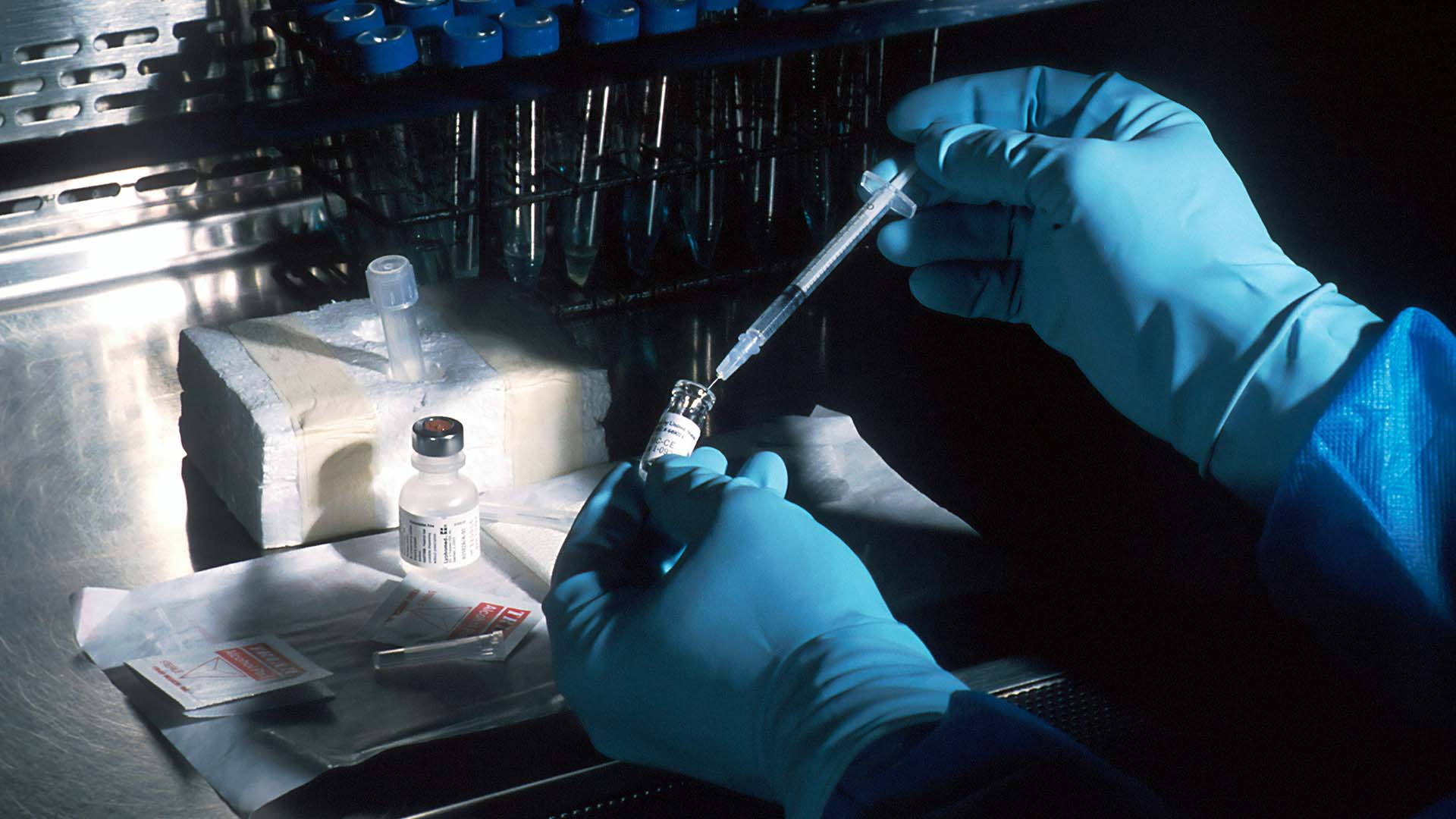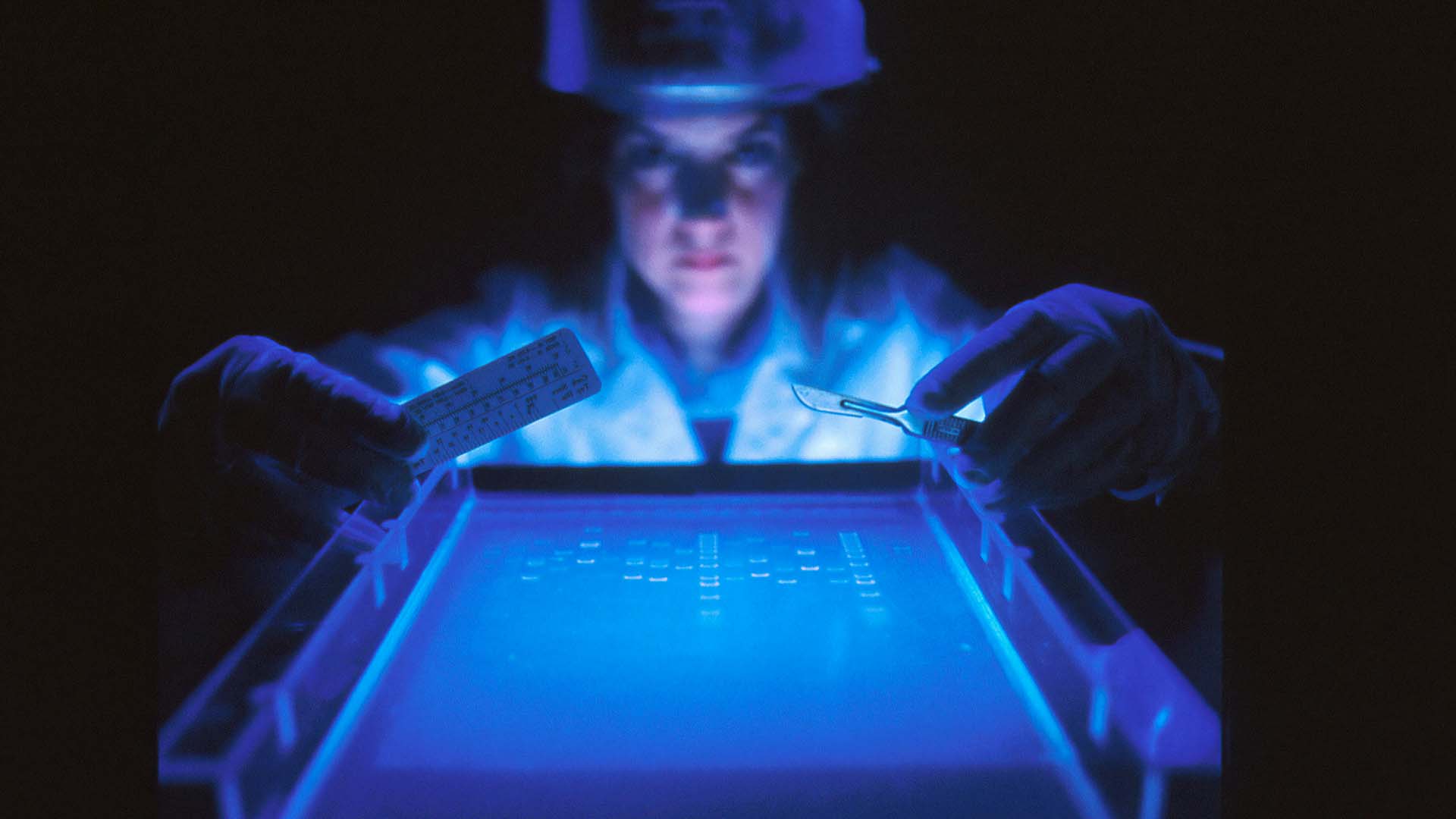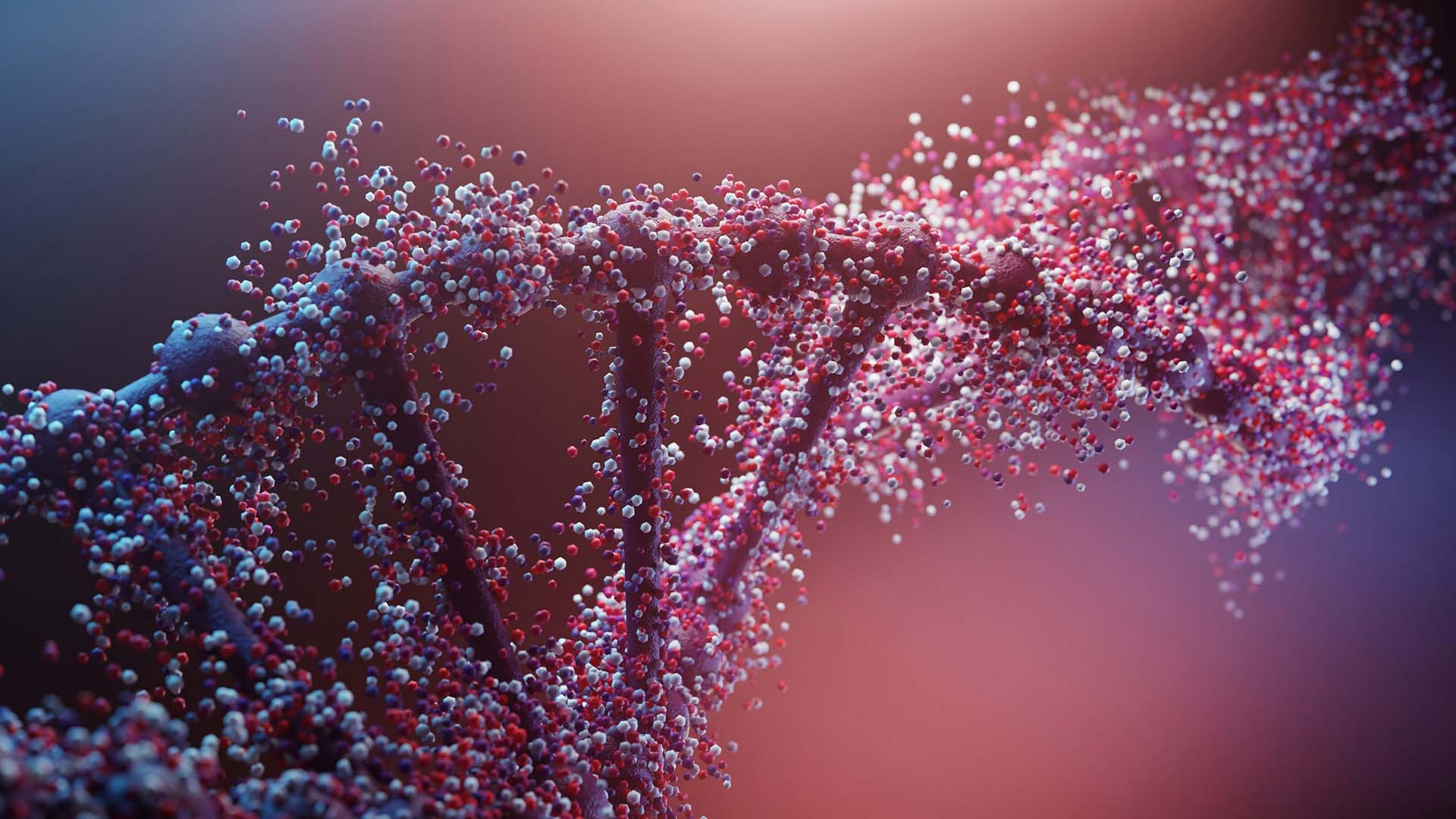Published, July 25, 2025
SIBLINGSHIP
Global DNA International brings you thought-provoking stories and insightful articles designed to satisfy your curiosity and deepen your understanding of DNA testing, genetic identity, and the complex issues surrounding modern DNA science.

🔬 Siblingship DNA Testing: What It Is and Why It Matters
In today’s world of accessible genetic testing, many people are using DNA to answer personal questions about their family origins. While paternity tests are widely known, siblingship DNA tests are another valuable tool—especially for those trying to determine if two people are full siblings, half siblings, or unrelated.
Let’s explore what siblingship DNA testing is, how it works, and when it's useful.
🧬 What Is a Siblingship DNA Test?
A siblingship DNA test is a type of genetic test used to determine whether two individuals share one or both biological parents. It’s commonly used when a direct parent (usually the father) is unavailable for testing, and the relationship needs to be verified through siblings instead.
There are three possible outcomes:
- Full siblings: Share both biological parents.
- Half siblings: Share only one biological parent (typically the same mother or father).
- Unrelated: No shared biological parents.
🧪 How Does It Work?
The test compares DNA samples—typically collected via cheek swabs—from the individuals in question. The lab analyzes specific parts of the DNA called Short Tandem Repeats (STRs). These are sections of DNA that vary from person to person and are inherited from our parents.
A statistical analysis then generates a Siblingship Index (SI):
- SI > 1 suggests the individuals are likely biologically related as siblings.
- SI < 1 suggests they are likely not related.
- SI ≈ 1 is considered inconclusive.
If a known parent’s DNA (especially the mother’s) is available, it greatly improves the test’s accuracy.
📊 How Accurate Is It?
Siblingship DNA tests are reliable, but they’re not as definitive as paternity or maternity tests. That’s because it’s harder to detect sibling relationships based solely on indirect genetic comparisons.
Factors that affect accuracy include:
- Number of DNA markers tested (more = better results).
- Whether full or half siblingship is being tested.
- Inclusion of additional known relatives’ DNA.
Some labs test 20 or more genetic markers, which increases the reliability of the results significantly.
📝 Common Reasons for Taking a Siblingship DNA Test
People seek out siblingship testing for a variety of personal, legal, and immigration-related reasons. Some of the most common include:
- Inheritance claims: Proving family connections in legal matters.
- Immigration cases: Demonstrating a family relationship when birth certificates aren’t available.
- Adoption reunions: Confirming biological ties between individuals separated at birth or during childhood.
- Paternity disputes: When the alleged father is deceased or unavailable.
- Personal curiosity: Seeking answers about family roots or long-lost siblings.
⚖️ Legal vs. At-Home Testing
There are two main types of siblingship DNA tests:
- Legal Testing – Requires an official chain of custody, supervised sample collection, and valid government ID. Results are admissible in court.
- At-Home Testing – More private and convenient, but the results aren’t legally admissible. Great for personal knowledge or peace of mind.
✅ Final Thoughts
Siblingship DNA testing can provide meaningful answers in situations where direct parent testing isn’t possible. While the results are presented as probabilities rather than certainties, they can still offer strong evidence of a biological relationship.
If you’re considering a siblingship DNA test, look for:
- A reputable, accredited lab (e.g., AABB or ISO-accredited).
- A clear explanation of the test type (full vs. half siblings).
- The option to include a parent’s DNA if available, for better accuracy.
Whether you're searching for a sibling you’ve never met, resolving a legal issue, or just trying to understand your family history more clearly, siblingship DNA testing can help uncover the truth written in your genes.

